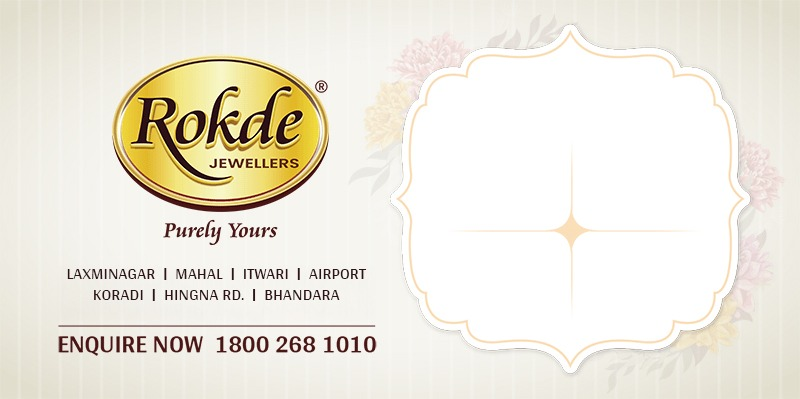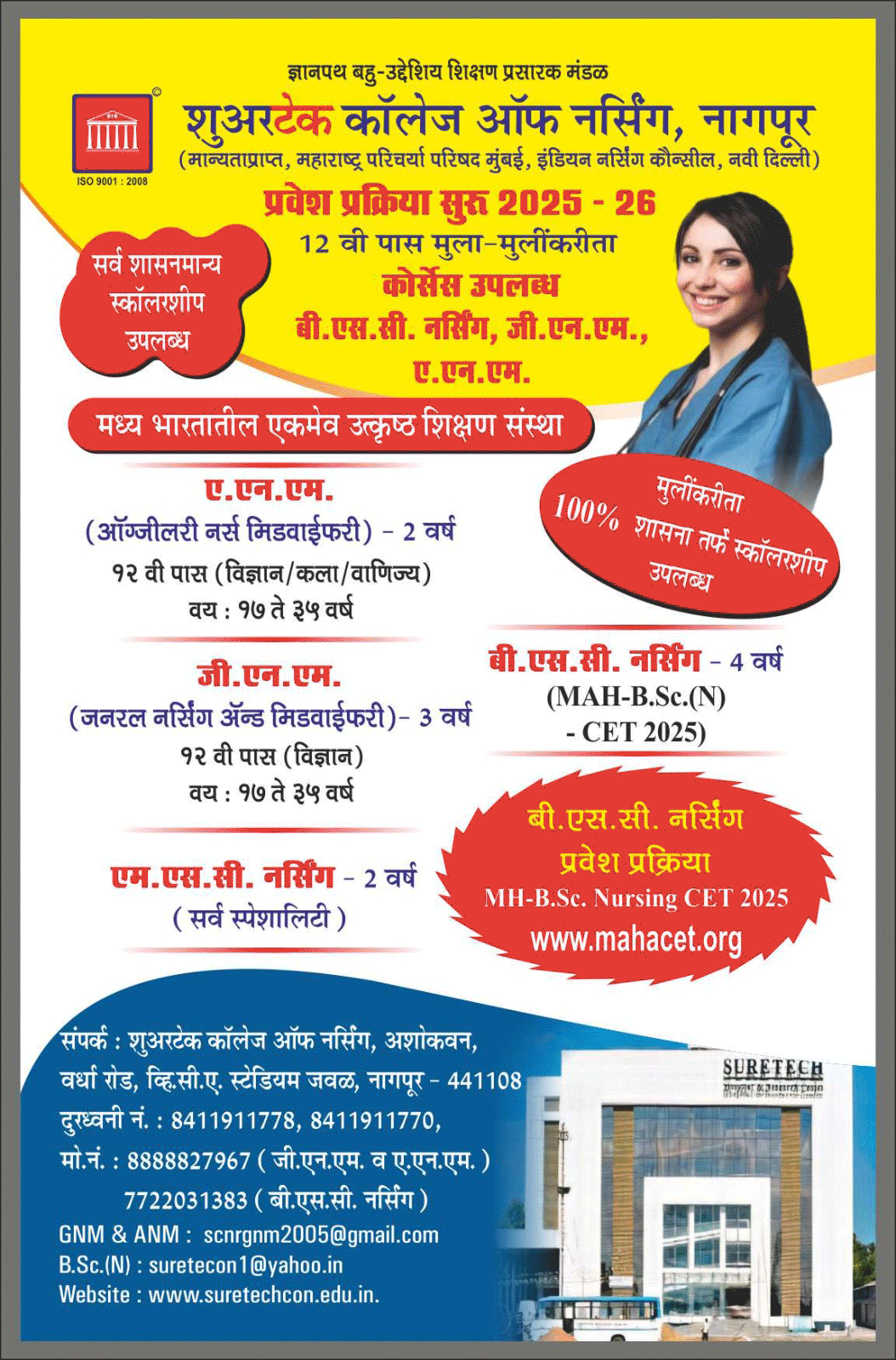Nagpur: Since I took to cooking I have begun loving tomatoes. Whether I am cooking a dal, or a sabzi or chicken or fish, I turn to this red vegetable/ fruit/ berry??? for an interesting gravy.
My mother hates it with equal vehemence.
“Why do you put tomatoes in everything?” She asks garrulously.
“It makes everything taste the same – khatta khatta!” She complains.
The difference in our opinions makes me wonder if somehow tomatoes have grown in importance between the length of our two generations?
Now the 3rd generation in our family has come of age. My daughter, can cook but gets to spend no time in her kitchen. She hires ‘professional cooks’ – who refuse to even begin cooking unless there are at least 2 Kgs of tomatoes on display in the house!
Now it is my turn to ask: why do you put tomatoes in everything?? For once can’t we have dal without it??
This question led me to a quest of the relation between tomatoes and Indian cooking. And I was not really surprised to find that it is quite a recent relationship!
Tomatoes, in India earlier, were used in quite a different context. I wonder how many had THAT experience? I did!
(So I was acting in this Marathi play enacted by my college during annual gathering that year. My college mates were snobbish kind of anglophiles who thought a play meant Shakespeare only! Or his descendants of course – what was this nonsense about a vernacular language play! So when I and my drama mates were on stage they decided to ratchet up the ‘drama’ quotient by showering us with over ripe ‘ sada tamatar!!’ I think those were the times when you could go to the market and say “bhaiya, jara sada tamatar dena!” And he would at once understand the situation and ask ” 4 kilo ki 5 kilo??”)
Now in retrospect, I must say I am a very tolerant person. After ‘eating’ those special tomatoes more than once – foolhardy me! acted in a Hindi play after Marathi – how could I still be fond of them in my kitchen?
But as they say ‘der aaye durust aya’ loosely can be translated to ‘better late than never’.
So I did a serious check on ‘what dishes can be checked without tomatoes?’ (I asked Google of course!!)
This is what I found.
Important schools of cookery like Mughlai cooking, Kashmiri cooking, Nizami cooking… even our Warhadi and/ or Saoji cooking requires no tomatoes!
Even Goan curries and Malwani dishes can most of them be made without these omni present berries. (That tomatoes are!)
Surpise! Surprise!! Even Punjabi dishes can be made – were being made – without tomatoes!
So what is the ‘khattai’ used in lieu of tomatoes?
When you address this question you learn how much tomatoes have really hurt classical Indian cuisine.
Let me give you a list of the cookery inputs tomatoes have displaced:
1) Tamarind – Earlier South Indian rassams and sambhars were made solely with this green/ brown fruit that grows on those tall big trees that are stoned so often for it. Tamarind had found its way in North Indian cooking too: for that chutney that goes over dahi Bhallas, for the ‘pani’ of pani puri and even in khattey chole.
2) Kokum – This is a fruit with more subtle flavour than tamarind but it also imparts a wonderful pink colour to dishes it is added to. Have you ever had the Malwani sol kadhi made of coconut milk and kokam extract? You will know what I mean. In Maharashtra, Goa, Gujarat it is added to amtis ( local version of ‘dal tadka’) which are wonderfully full of flavours. Khatta, teekha and meetha, all at once!
What’s more, it is a healthy supplement in summers. You can use it to make wonderful cold drinks that are tasty as well as refreshing.
In Goa and Konkan, ground kokam are added to the marinate of fish that is to be fried. This is a secret that will only be passed on word of mouth!
Dahi – Yes, this dairy product is also an excellent agent to add sourness to food. Used extensively in non veg cooking Mughlai or even Rajasthani style.
In Maharashtra, in an earlier era, Baingan ‘Bharta’ – Brinjal roasted over coal, not on gas – was consumed ONLY with fresh, creamy, thick curds. Anyone who has had that can never forget the treat it was!
I had a cooking Guru from Benaras, a Brahmin lady, who used dahi to add ‘khattai’ to many gravies and veggies.
This art is almost forgotten now.
Anar Dana When I first learnt to make Chole from a Punjabi friend’s mom, she told me to use only anar dana for khattai of this iconic Punjabi dish that we all non-Punjabis drooled over!
It is available in select stores and has almost disappeared from super markets now, only to be displaced by the ubiquitous tomato!
I am sure it was used in other Punjabi dishes too – someone please enlighten me on this!
I am sure the list is endless…
For instance, I haven’t even mentioned that most khatta and refreshing of fruits here – Nimboo! Yes, a good squeeze of just half a nimboo will do the work of 4 tomatoes!
So who cares if the price of this pricey ‘foreign food’ that has originated in some far off land, has reached sky high?
Time to get back to some good old traditional cooking and bring back lost flavours to our food!













